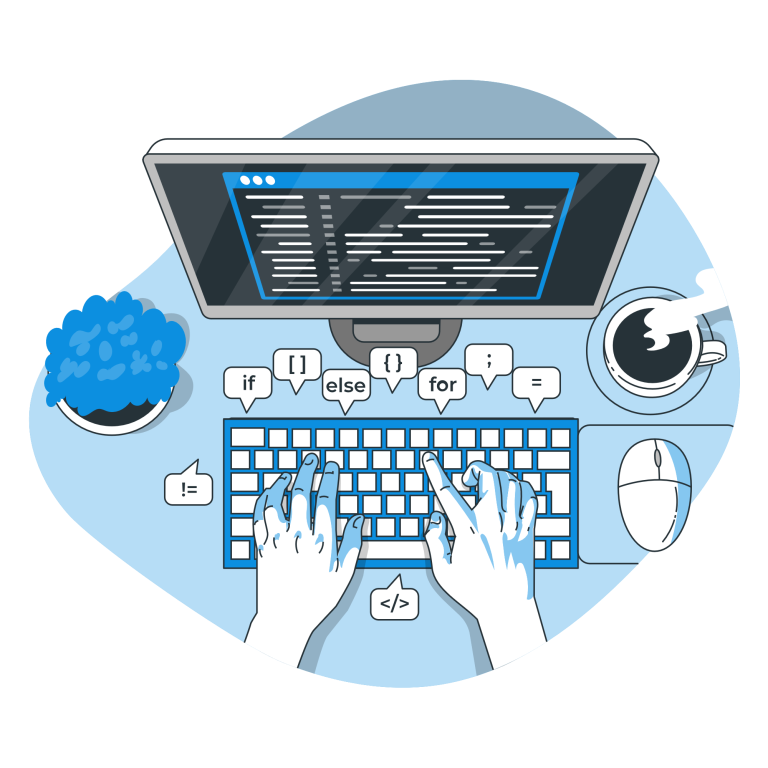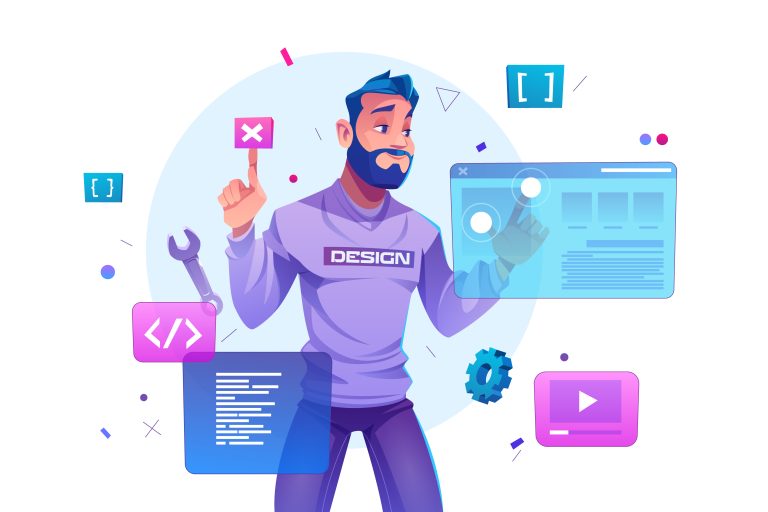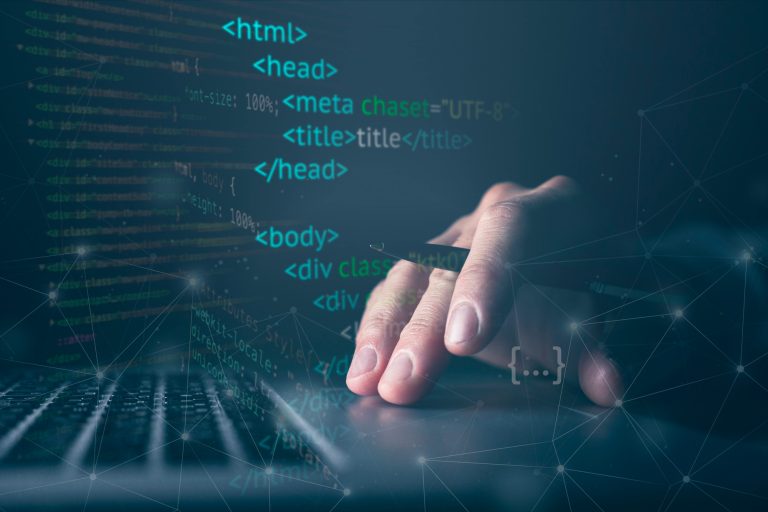Introduction:
In today’s digital age, programming has become an integral part of our lives. From the apps on our smartphones to the software that powers complex systems, programming is the driving force behind technological advancements. Whether you’re a seasoned developer or a curious beginner, understanding the art and science of programming opens up a world of possibilities. In this blog, we will explore the fascinating realm of programming, from its fundamental concepts to its practical applications.
- The Fundamentals of Programming:
- Programming is the process of creating instructions that a computer can execute to perform specific tasks. To embark on the programming journey, it is essential to grasp the fundamental concepts that form the building blocks of every programming language:
- a. Variables and Data Types: Variables are containers that store data, while data types define the kind of data a variable can hold (e.g., integers, strings, booleans).
- b. Control Structures: Conditional statements (if-else, switch) and loops (for, while) allow programmers to control the flow of execution based on certain conditions.
- c. Functions and Methods: Functions encapsulate a set of instructions that can be reused, promoting modularity and code organization.
- Programming is the process of creating instructions that a computer can execute to perform specific tasks. To embark on the programming journey, it is essential to grasp the fundamental concepts that form the building blocks of every programming language:
- Programming Paradigms:
- Programming languages can be classified into different paradigms, which define the approach and style of programming. Some prominent paradigms include:
- a. Procedural Programming: Emphasizes step-by-step procedures and functions to structure code.
- b. Object-Oriented Programming (OOP): Organizes code around objects, encapsulating data and behavior within classes.
- c. Functional Programming: Focuses on the evaluation of mathematical functions and avoids mutable data and state.
- Programming languages can be classified into different paradigms, which define the approach and style of programming. Some prominent paradigms include:
- Essential Tools for Programmers:
- To facilitate efficient coding, programmers rely on various tools and environments, such as
- a. Integrated Development Environments (IDEs): IDEs provide a comprehensive set of features like code editors, compilers, and debuggers, enhancing productivity.
- b. Version Control Systems (VCS): VCS (e.g., Git) enables developers to track changes in their codebase, collaborate with others, and revert to previous versions if needed.
- c. Package Managers: Package managers (e.g., npm, pip) simplify the process of installing, managing, and updating external libraries and dependencies.
- To facilitate efficient coding, programmers rely on various tools and environments, such as
- Data Structures and Algorithms:
- Data structures and algorithms are essential for efficient problem-solving and optimizing code performance. Understanding concepts like arrays, linked lists, stacks, queues, and trees, as well as algorithms like searching, sorting, and graph traversal, allows programmers to tackle complex problems and design elegant solutions.
- Web Development:
- Web development has witnessed tremendous growth, enabling the creation of interactive websites and web applications. Key technologies and languages in web development include:
- a. HTML and CSS: Hypertext Markup Language (HTML) provides the structure of web content, while Cascading Style Sheets (CSS) define its presentation and layout.
- b. JavaScript: JavaScript is a versatile scripting language that allows developers to create dynamic and interactive elements on web pages.
- c. Frameworks and Libraries: Popular web development frameworks and libraries like React, Angular, and Vue.js offer reusable components and simplify the development process.
- Web development has witnessed tremendous growth, enabling the creation of interactive websites and web applications. Key technologies and languages in web development include:
- Software Engineering Principles:
- Programming is not just about writing code; it is also about designing robust, scalable, and maintainable software. Key software engineering principles include:
- a. Modularity and Reusability: Breaking down code into smaller modules promotes reusability, readability, and easier maintenance.
- b. Testing and Debugging: Writing unit tests and employing debugging techniques are crucial for identifying and fixing errors.
- c. Documentation: Proper documentation enables other developers to understand and work with your code efficiently.
- Programming is not just about writing code; it is also about designing robust, scalable, and maintainable software. Key software engineering principles include:
Conclusion:
Programming is an ever-evolving field that continues to shape the world around us. It empowers us to solve problems, build innovative solutions, and automate tasks. Whether you’re interested in mobile app development, artificial intelligence, or data analysis, mastering the art and science of programming is a valuable skill. With dedication, practice, and a passion for learning, you can embark on an exciting journey that will open doors to a myriad of opportunities in the digital landscape. So, roll up your sleeves, grab your favorite coding language, and let your creativity flow through the lines of code you write. Happy coding!
Work illustrations by Storyset



